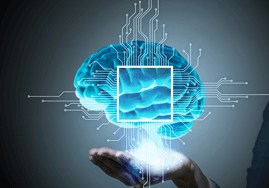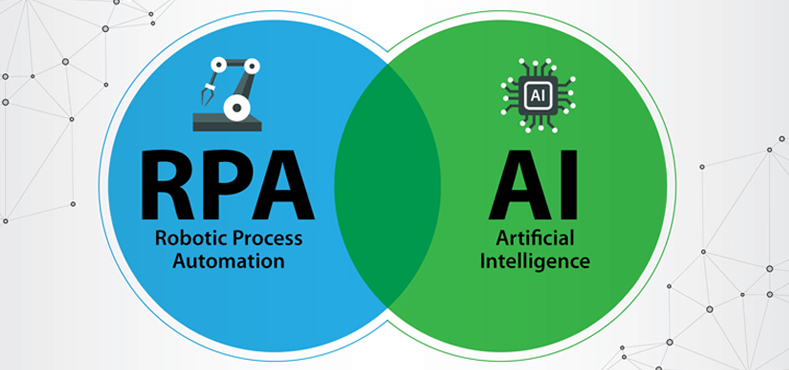By 2024, Gartner estimates 60% of standalone robotic process automation (RPA) offerings will be redundant. This is likely not the most welcome news to many businesses who are just getting their feet wet with automation. But there’s plenty of good news ahead. Thanks to the addition of artificial intelligence, businesses can take their standalone RPA efforts further, diving head first into digital transformation.
Incorporating AI allows you to add deeper automations into your business processes, leveraging cognitive technologies that help you do more with data. We call this intelligent automation (IA), or sometimes intelligent process automation.
Advanced Skills for Advancing Goals
Advance your RPA programs by arming them with advanced AI skills. Within the EPSoft Intelligent Automation Platform, you’ll find cognitive algorithms designed in an easy-to-use SaaS platform. These algorithms include natural language generation (NLG), which transforms raw data into narratives; natural language processing (NLP), which learns to manipulate text and speech; and optical character recognition (OCR), which extracts text from image files.
Together with RPA, these algorithms help create more consistent flow in the workflow, and free staff from time-intensive document processing and data entry. Additionally, automations can work faster and with improved accuracy, creating a compounding effect of efficiency.
What’s more, while the technical aspects of the IAP offer comprehensive tools and advanced technology, the interface was built for business users, making it easy to use and simple to get started.
Combining AI with RPA for Intelligent Automation

Getting Started with An Integrated RPA and AI Solution
This is just one small example of how AI and RPA are being used together for intelligent automation. For more information about how these technologies are used, check out our Intelligent Automation Use Cases blog series, where we discuss common business challenges and the best applications of intelligent automation to solve them.
For more information about intelligent automation or to schedule a free demo, contact us any time.

